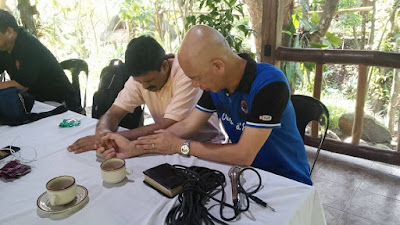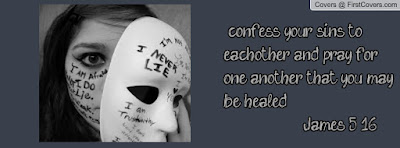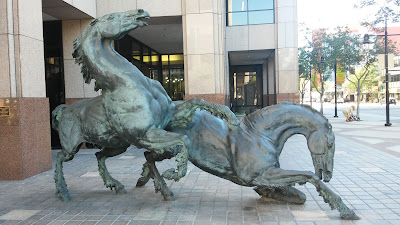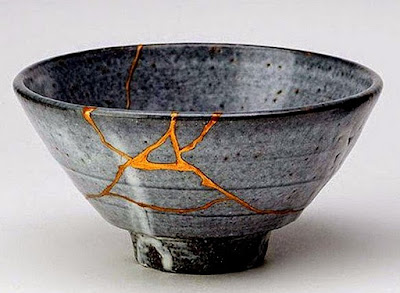“A Man For All Seasons”

From the FB page of Christ Commission Fellowship Ever wondered why you are going through what you are going through? Are you thinking they are just random events in your life? Or, if you believe that God orchestrated them, that He was just toying with you? That the Lord was playing dice with your life? In the opening night of the Global Discipleship Congress last Wednesday, January 27, 2016, Dr. Ravi Zacharias (one of Christianity’s most famous Christian apologists and author of more than 20 books like “Why Jesus?” and “Can Man Live Without God?”) said, “Pain is a real part of life.” In his talk, “A Man For All Seasons,” Ravi expounded on the life of Joseph the dreamer, a man who was not a stranger to pain. He pointed out that Joseph went through seasons in his life that brought out his character. And we will go through these seasons as sure as we go through summer, rain and more rain here in the Philippines. Joseph did not come from an ideal family. Jacob his




